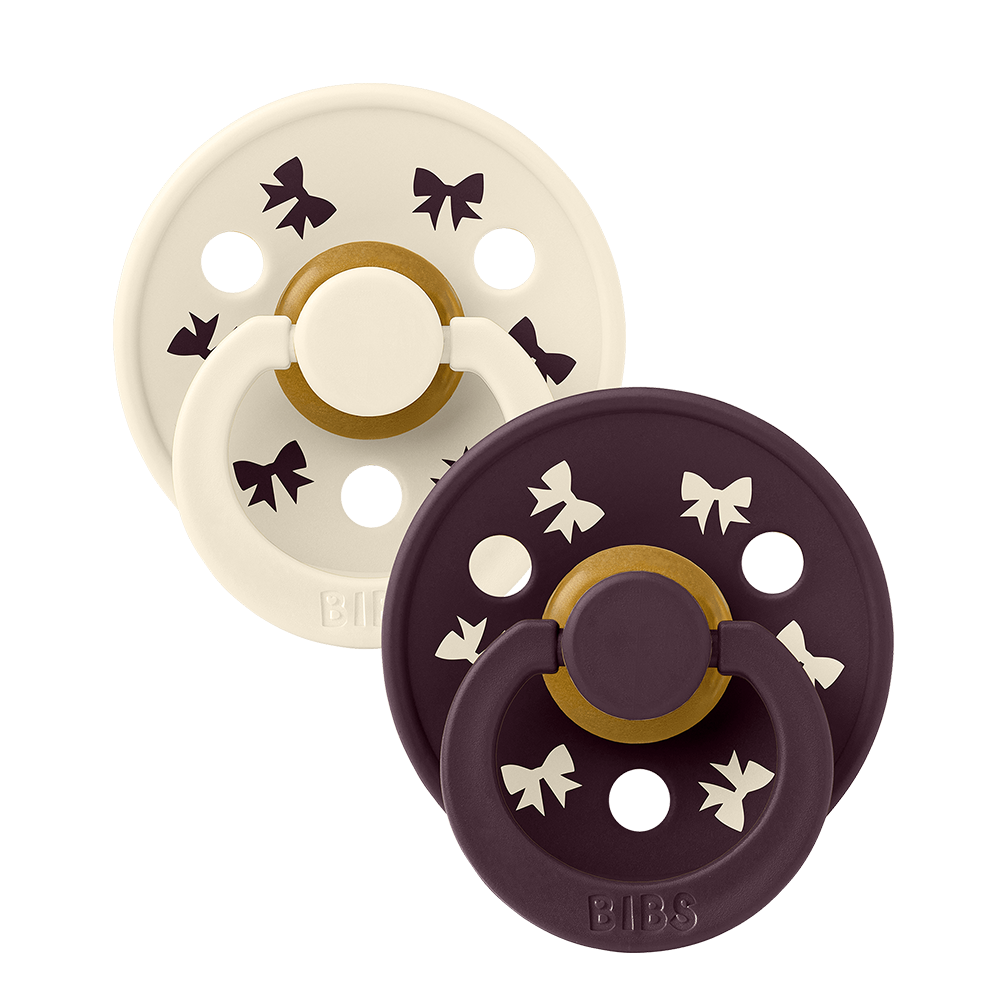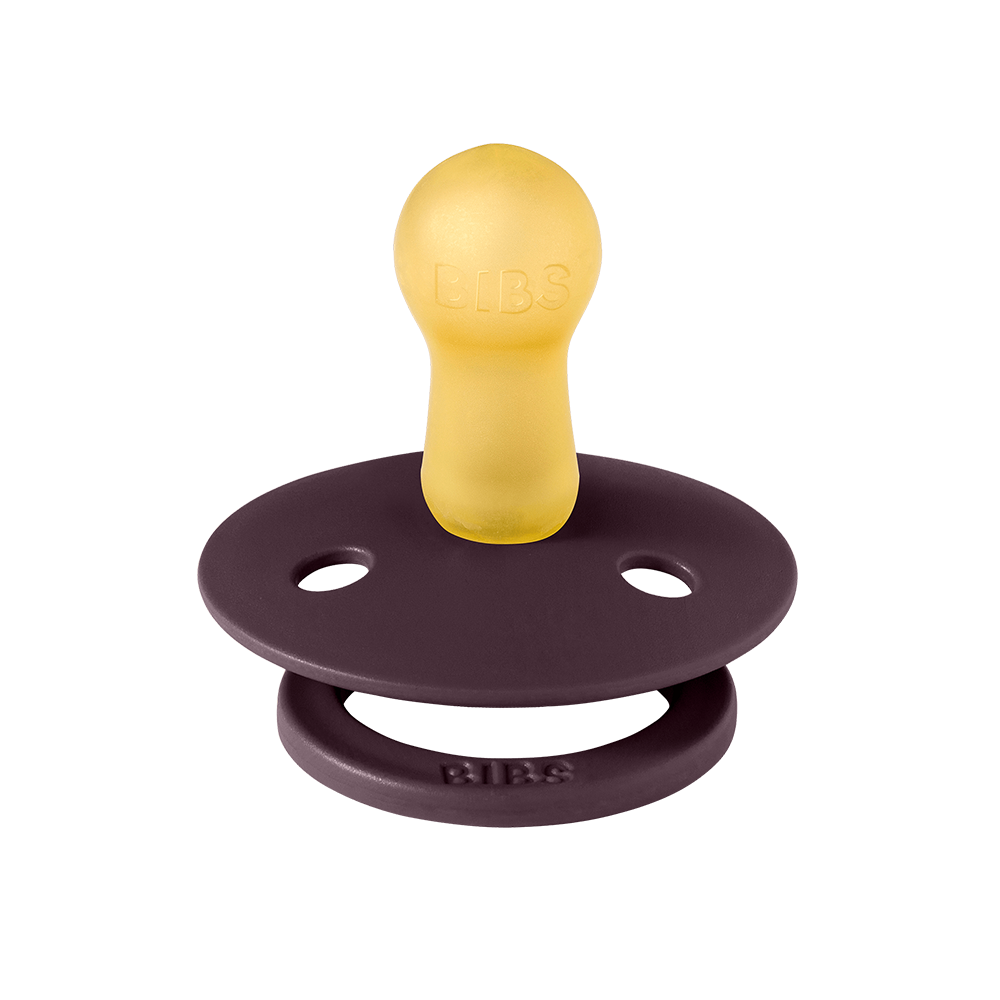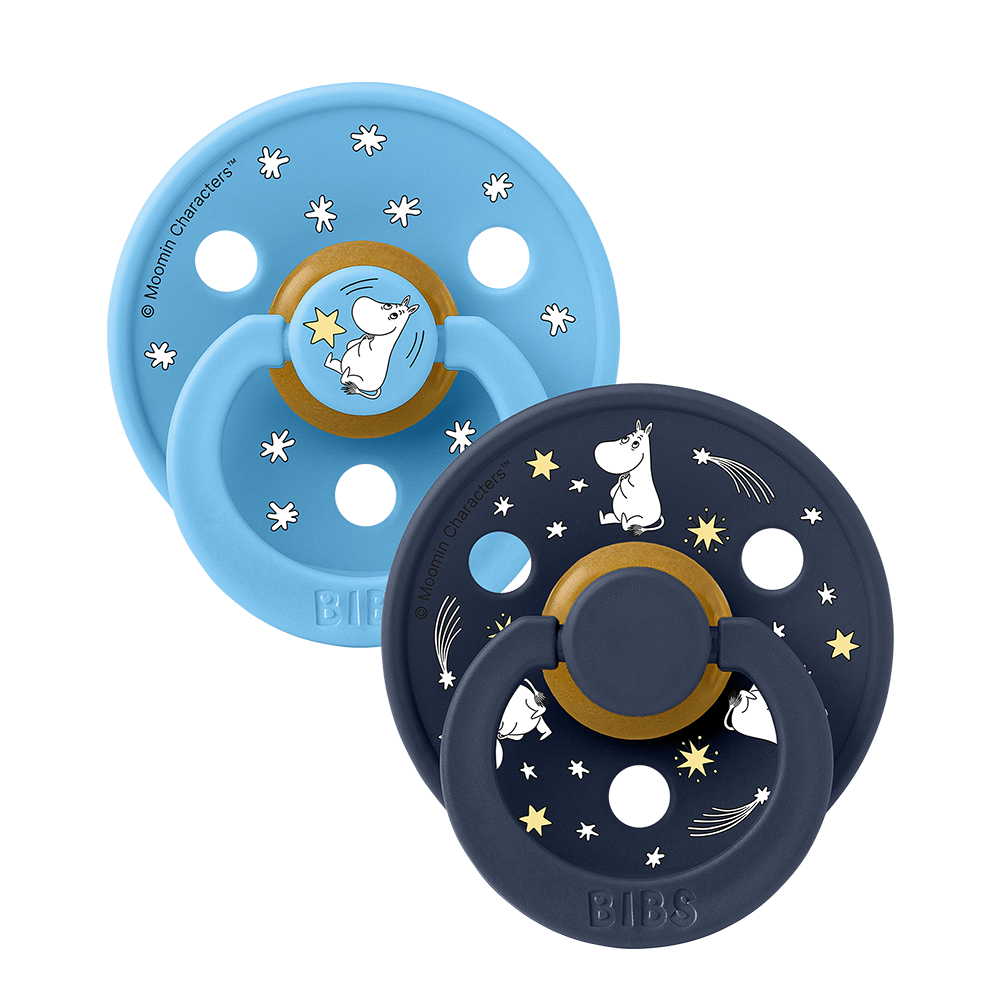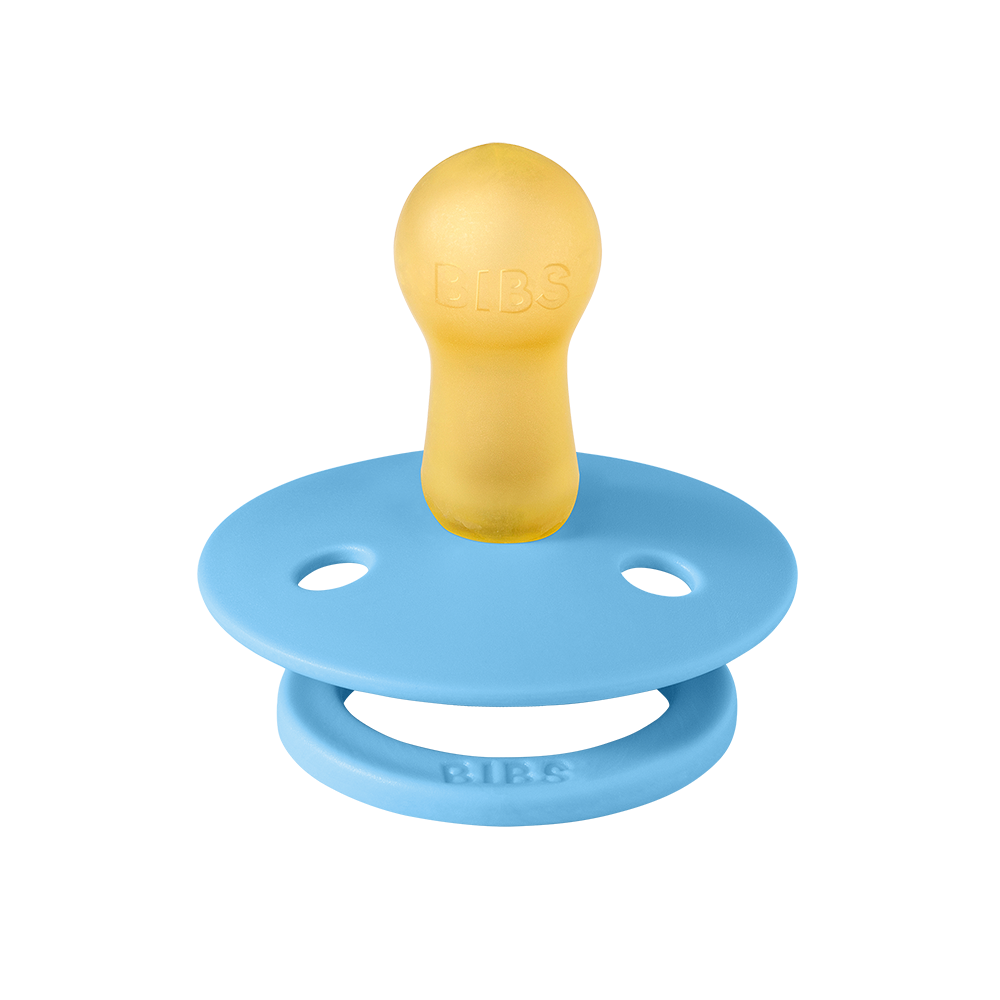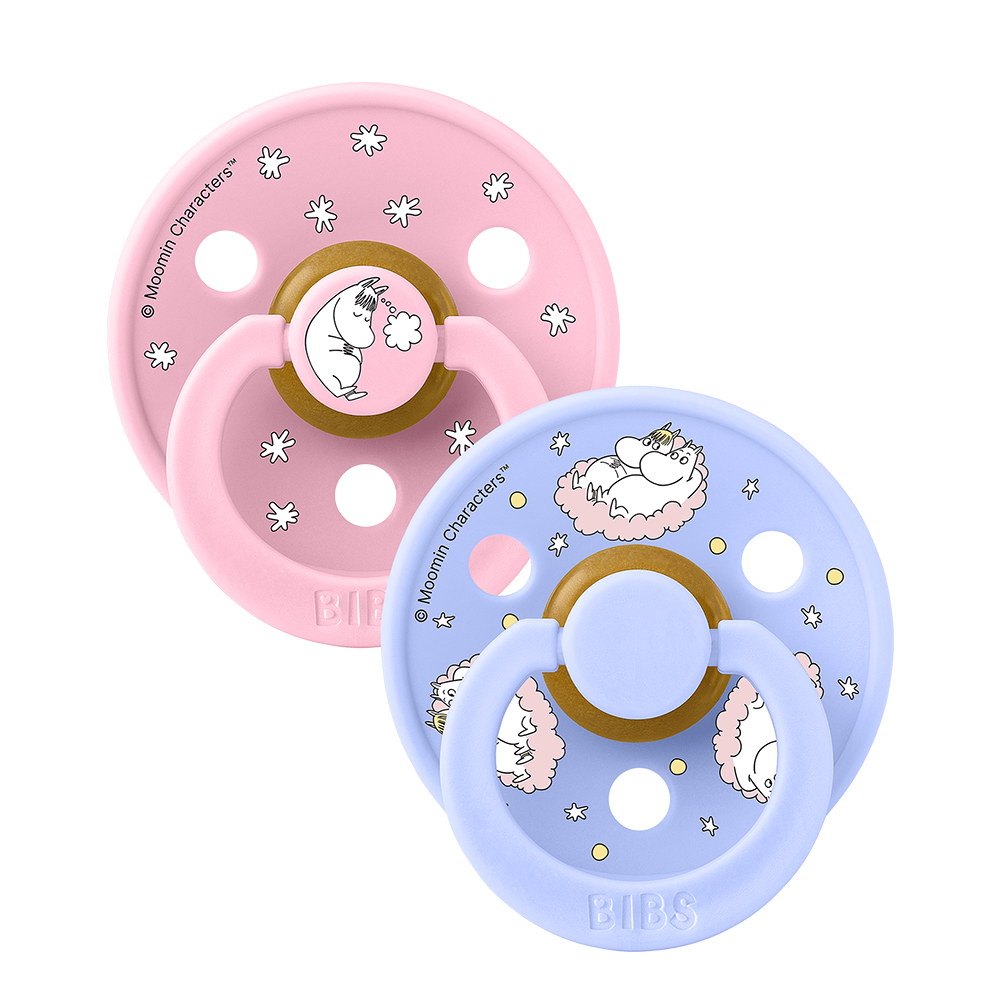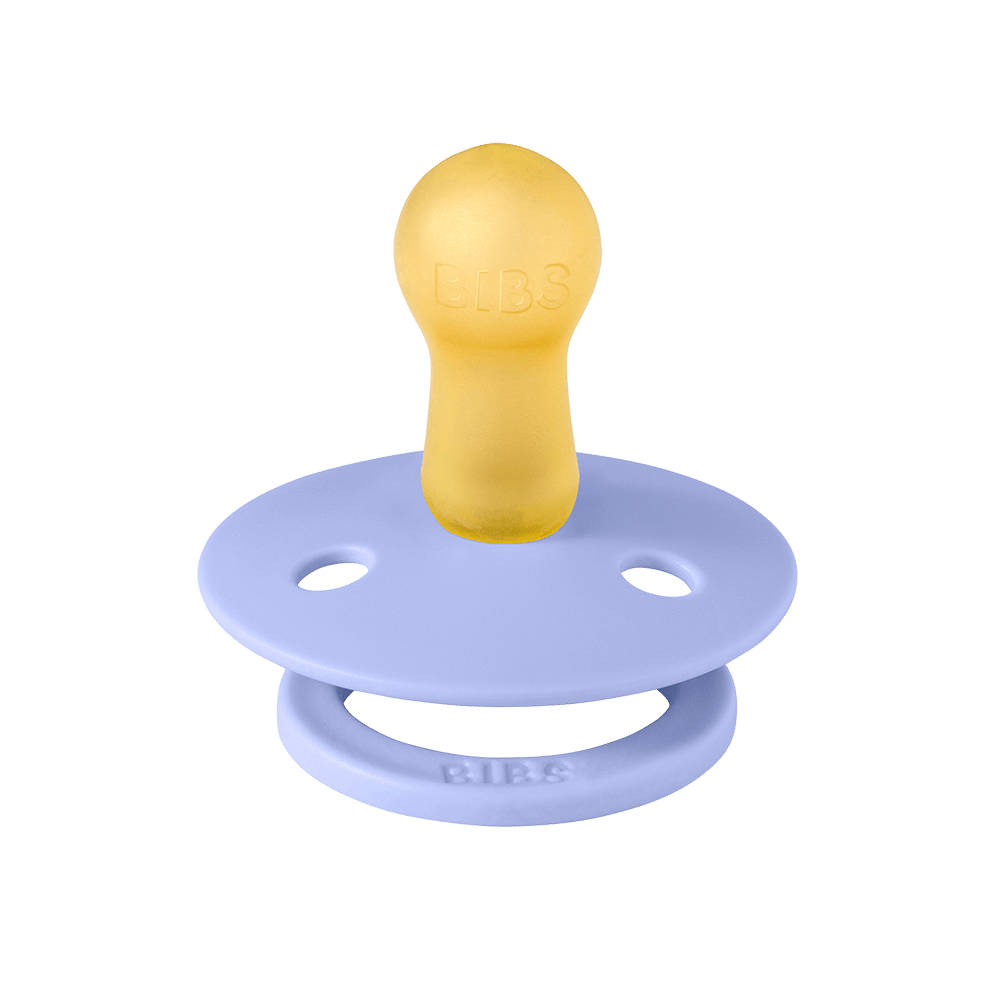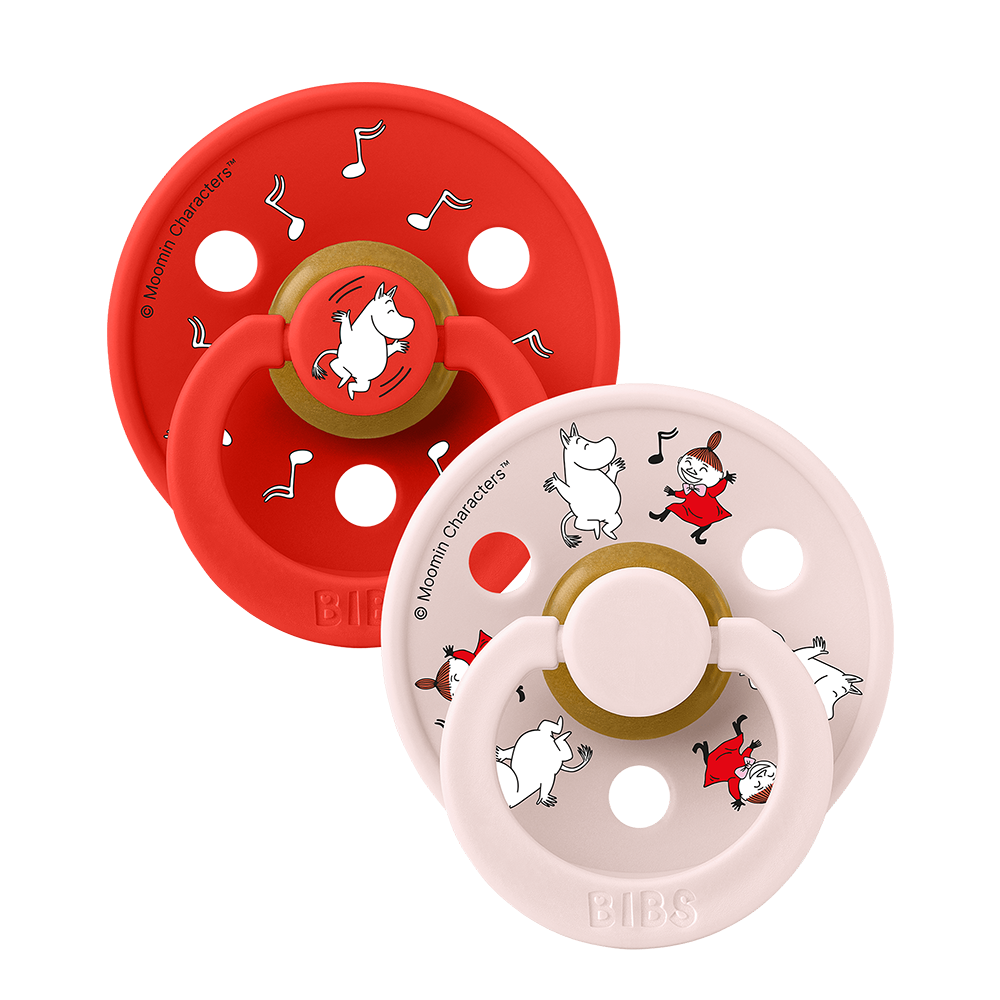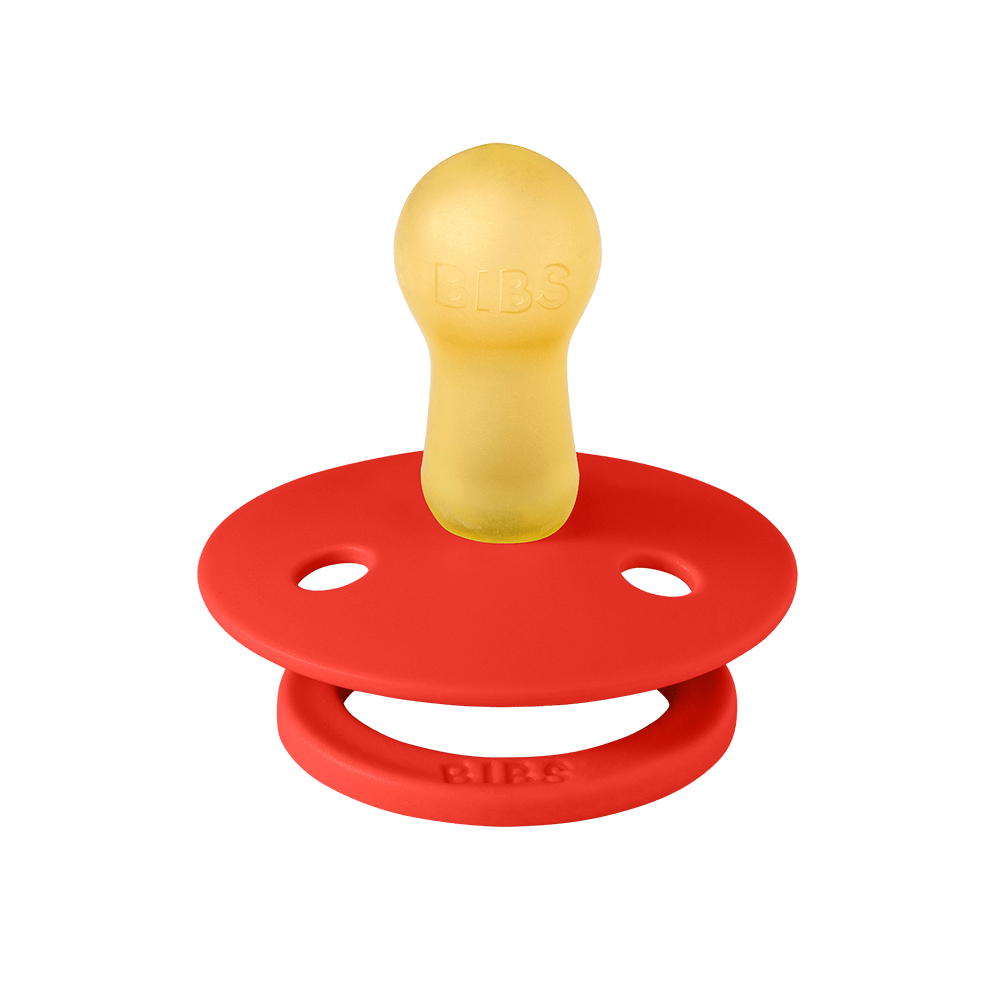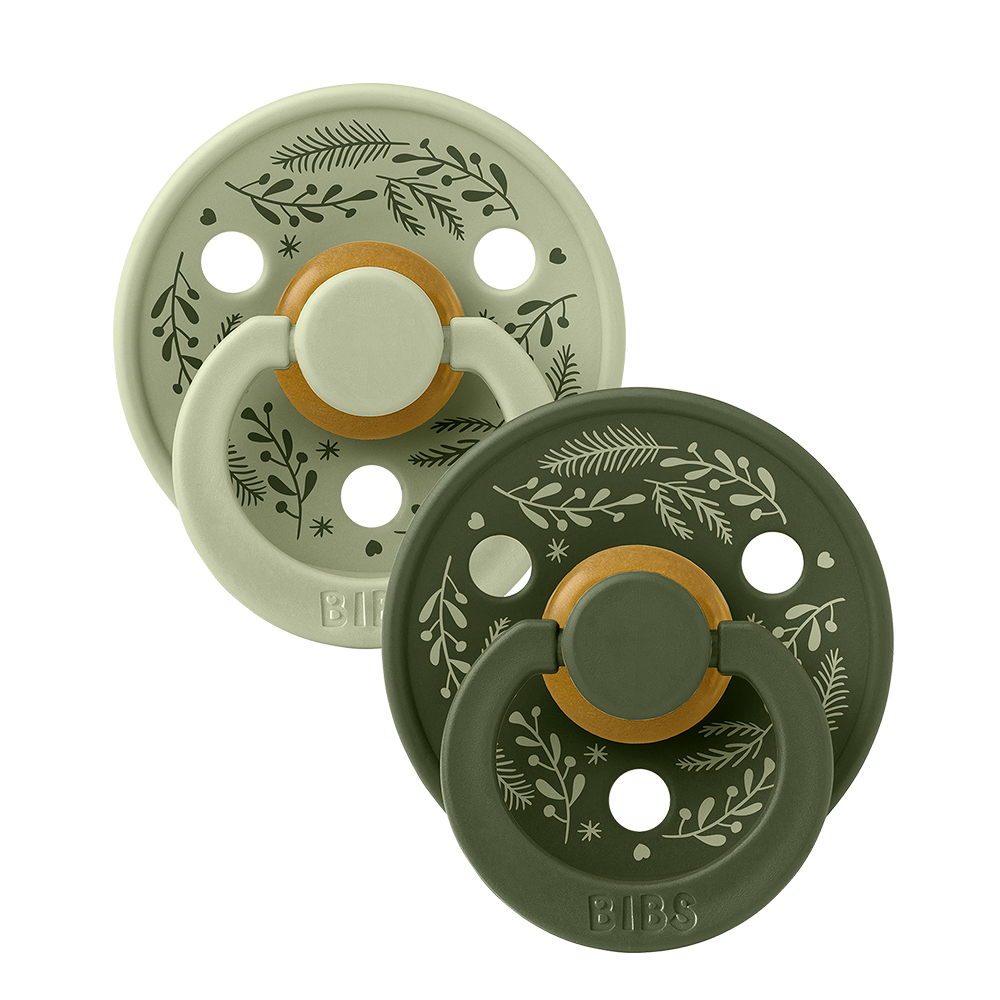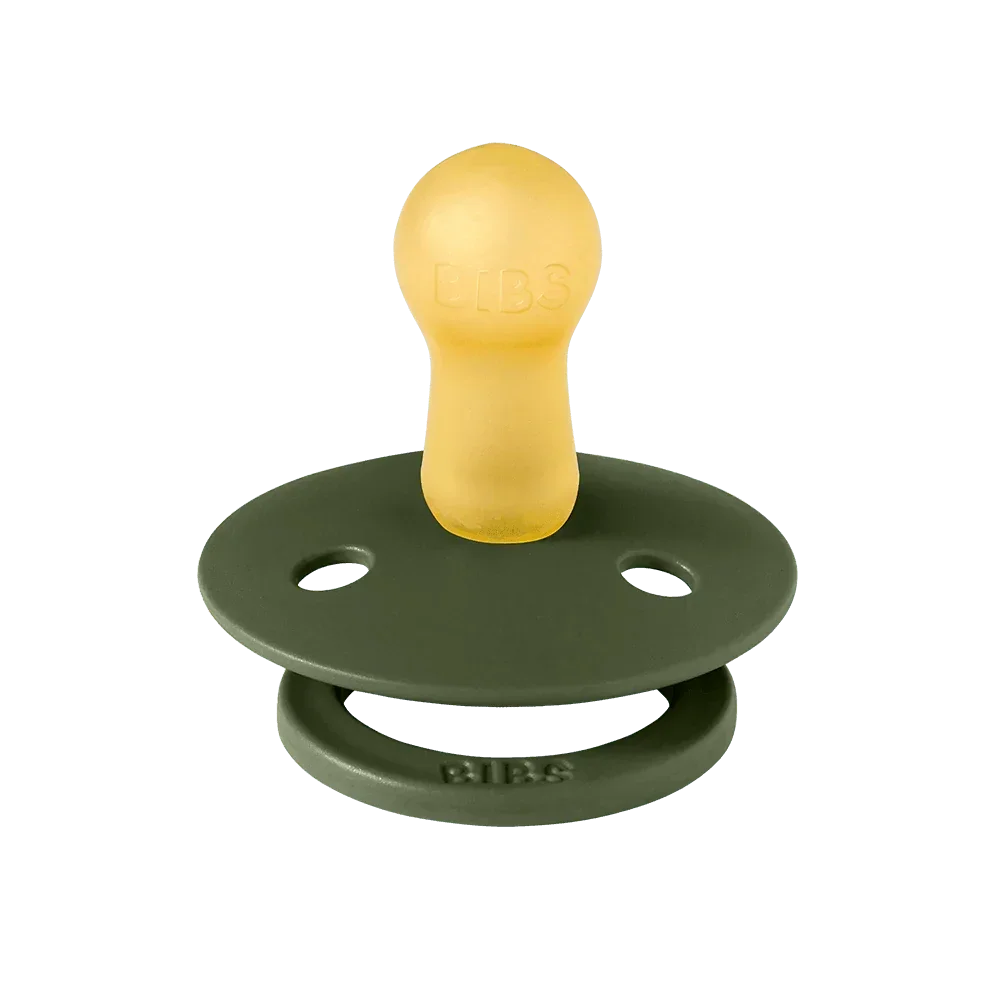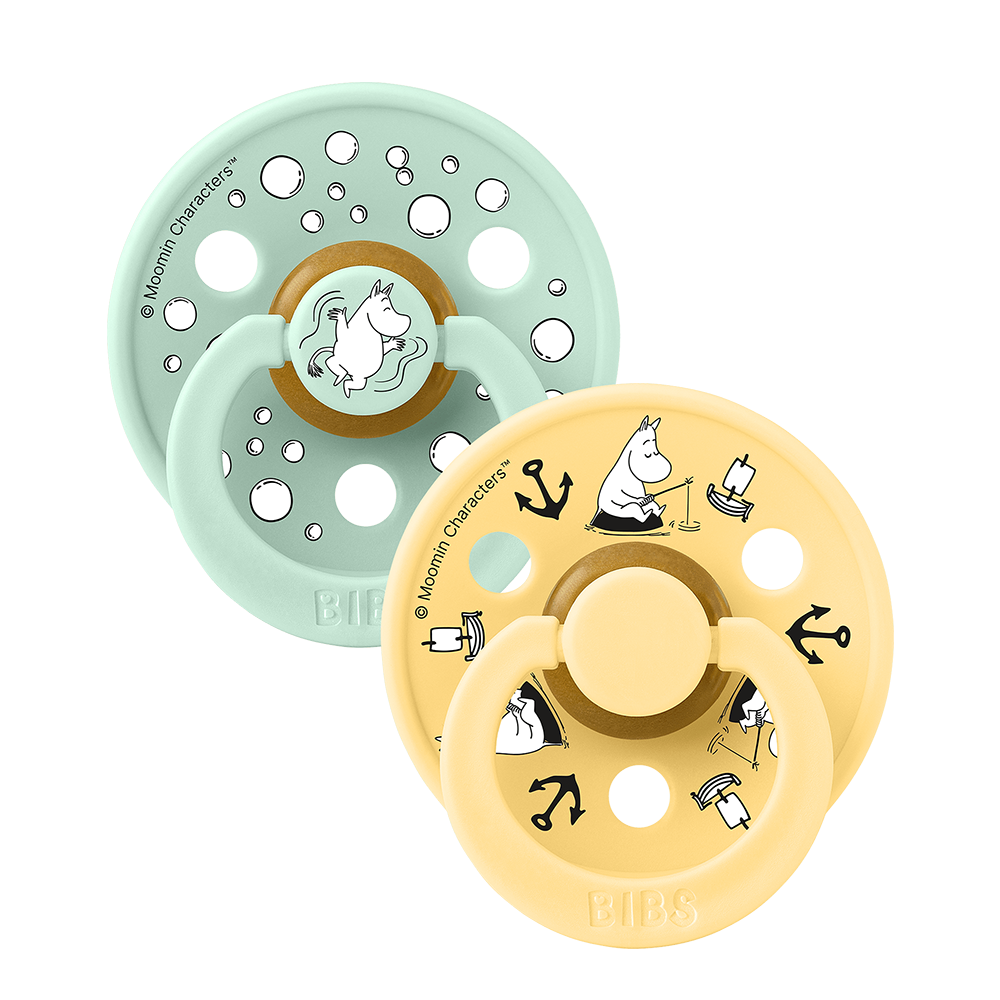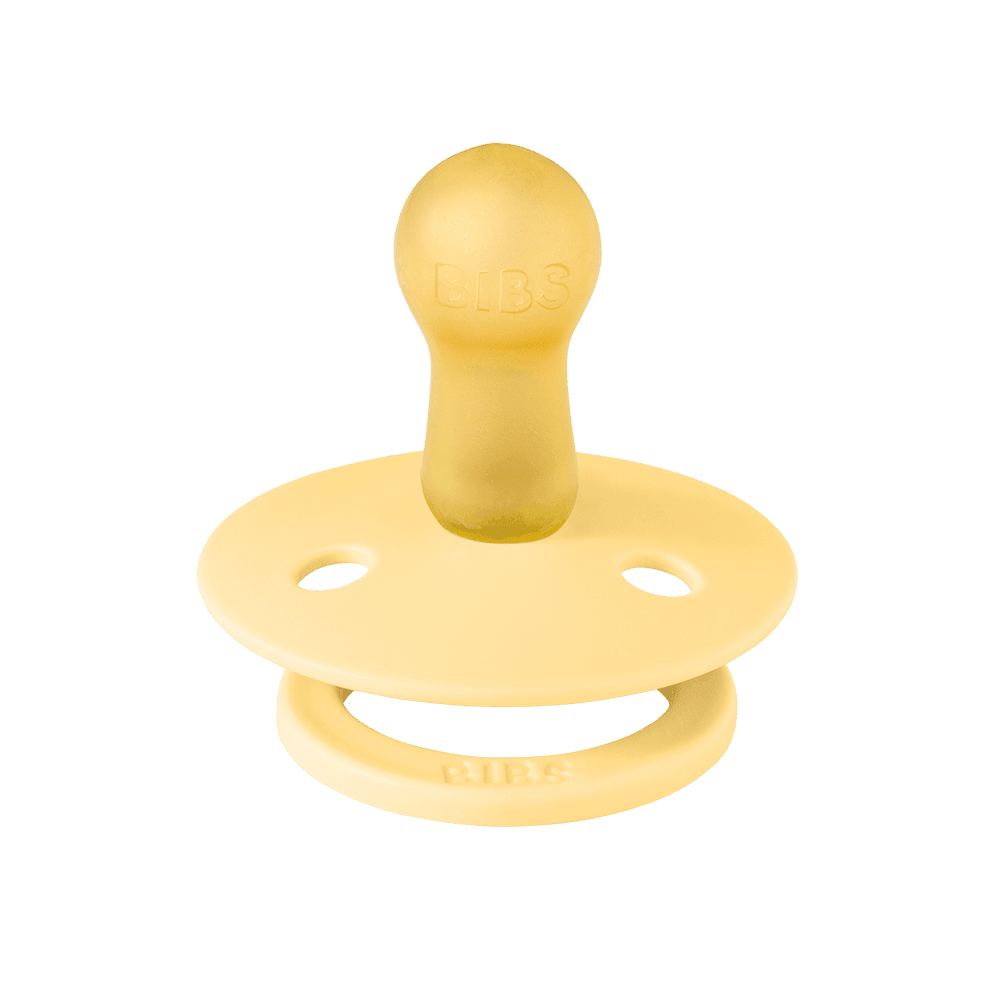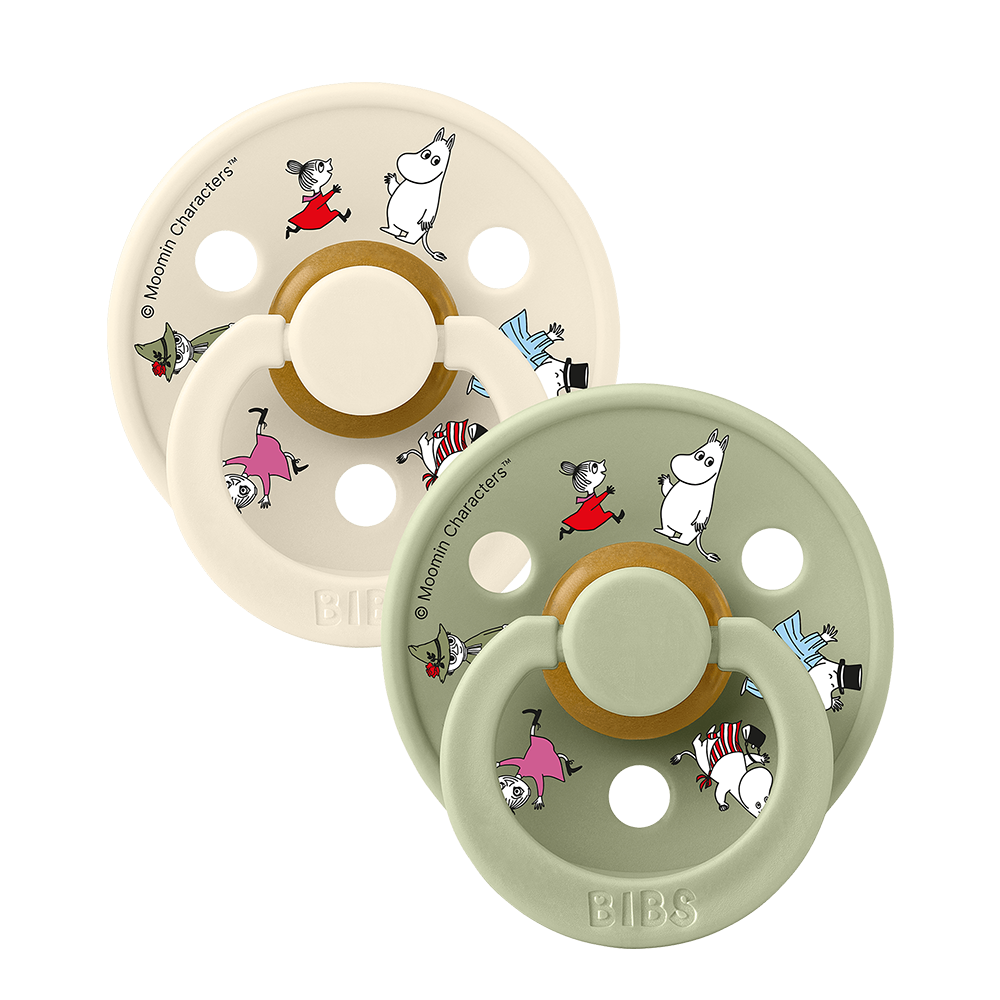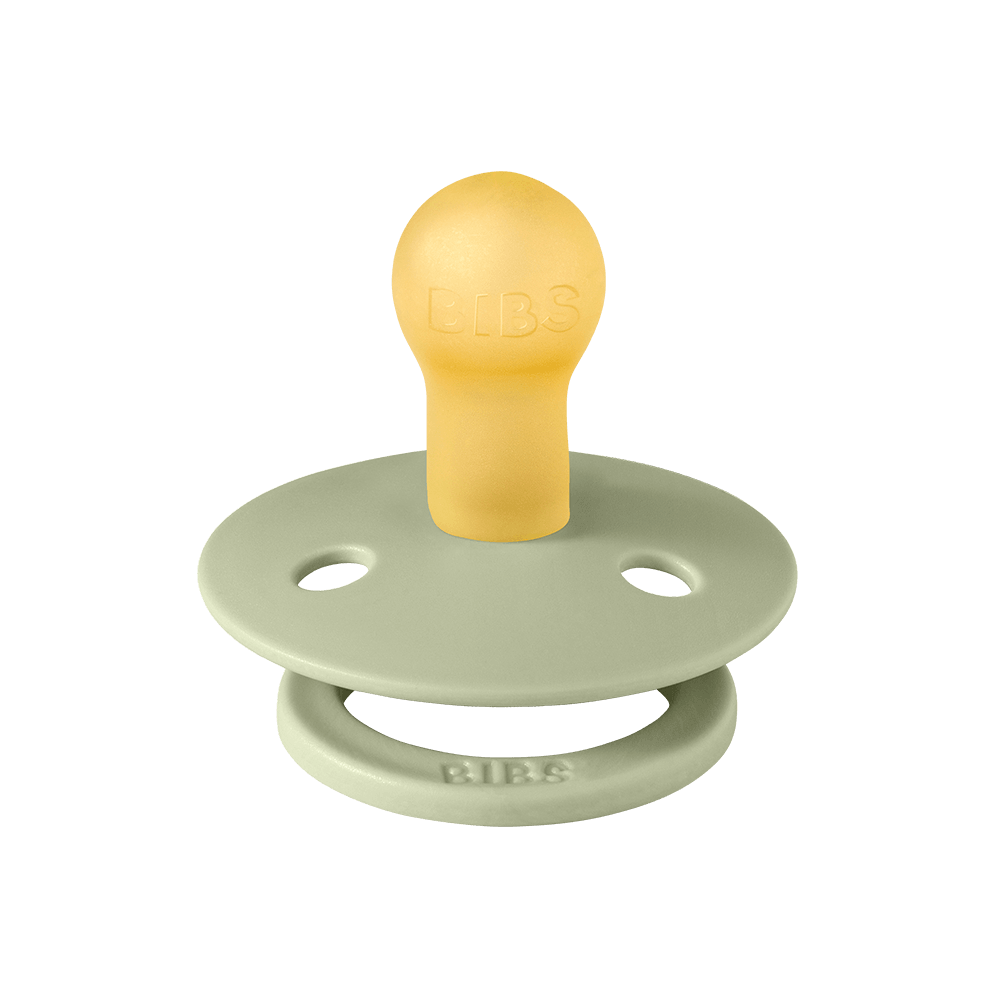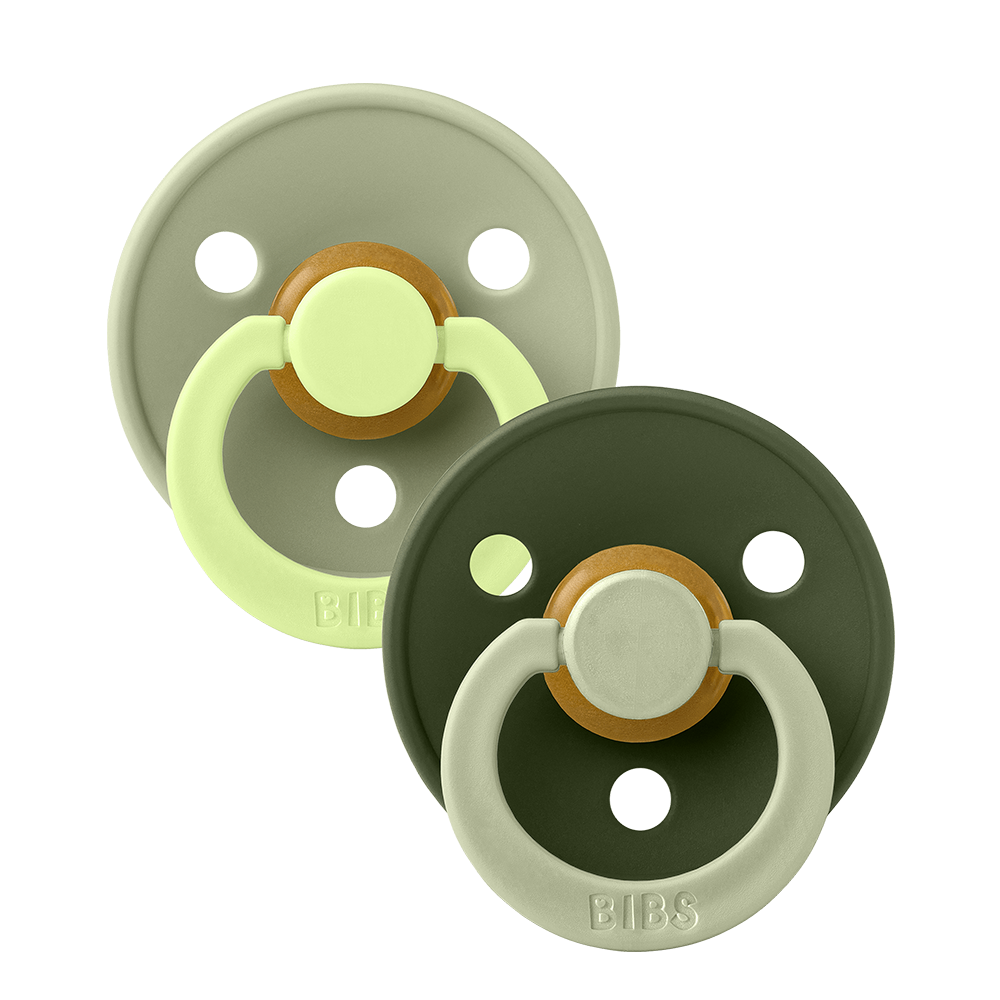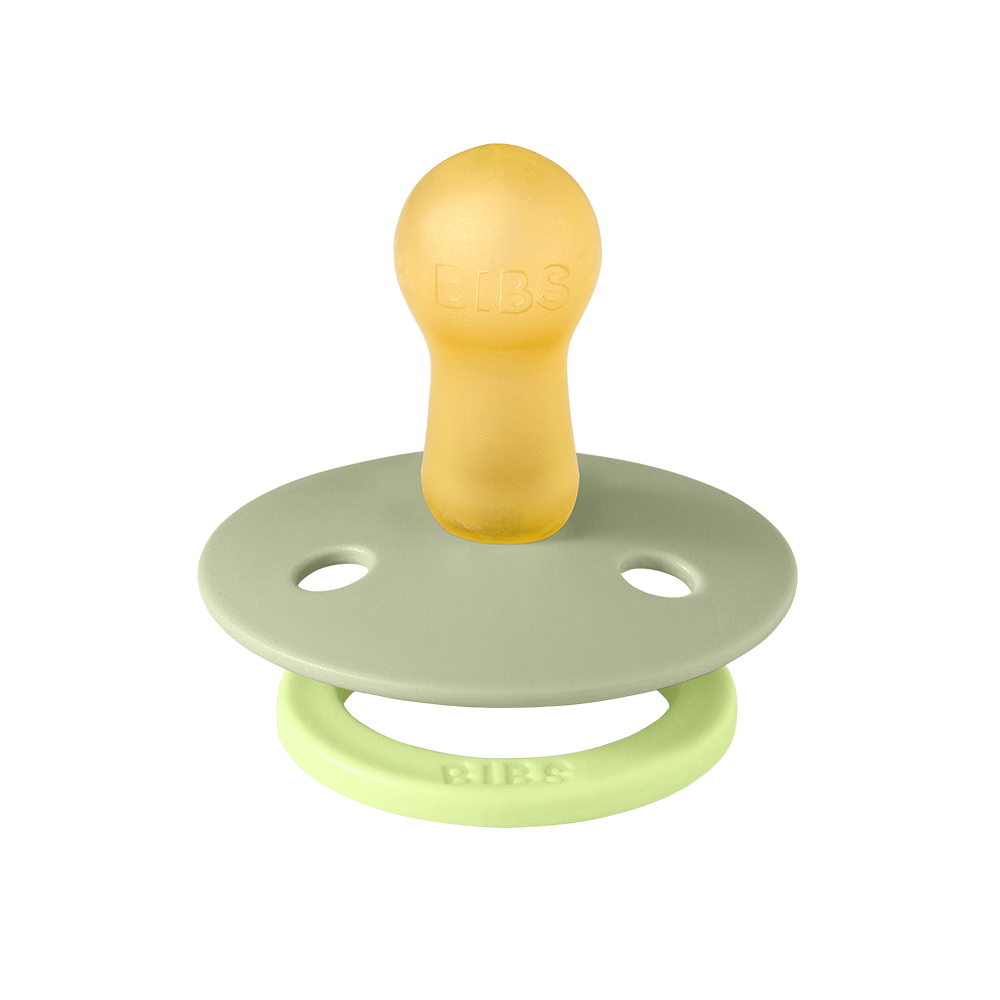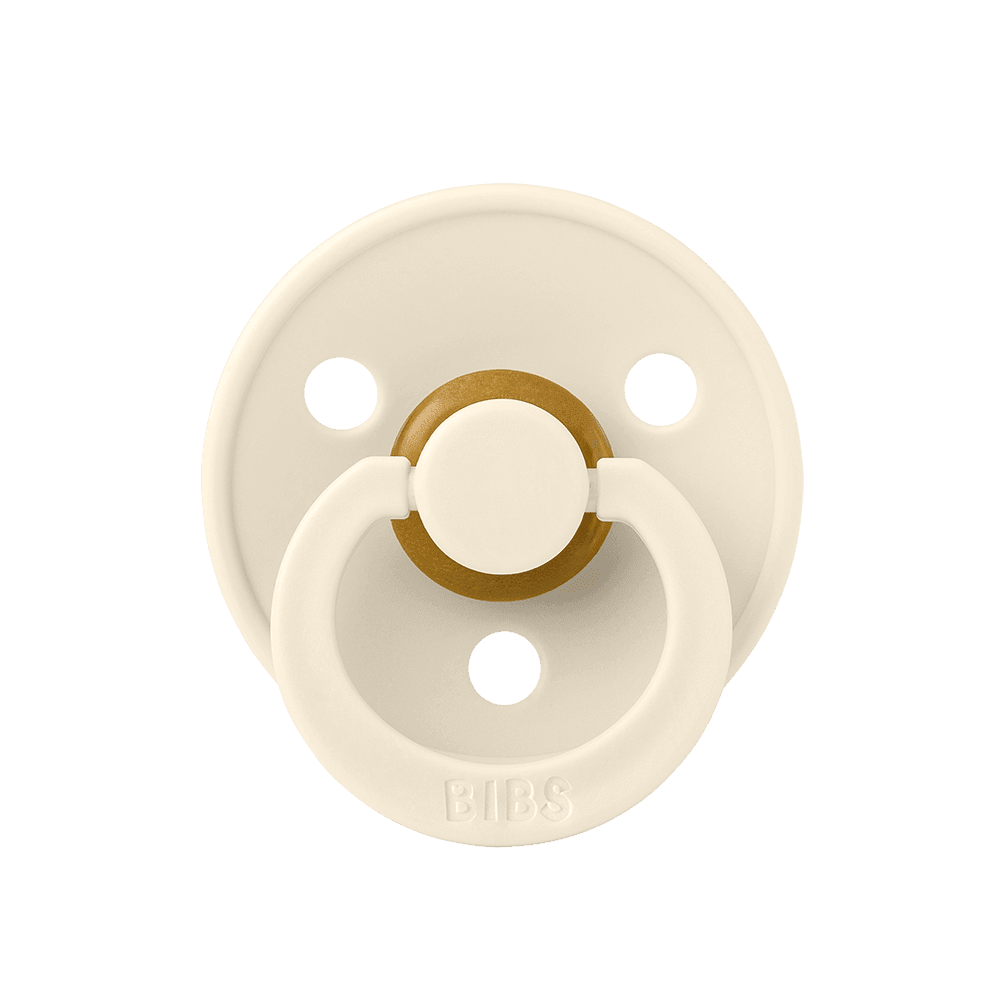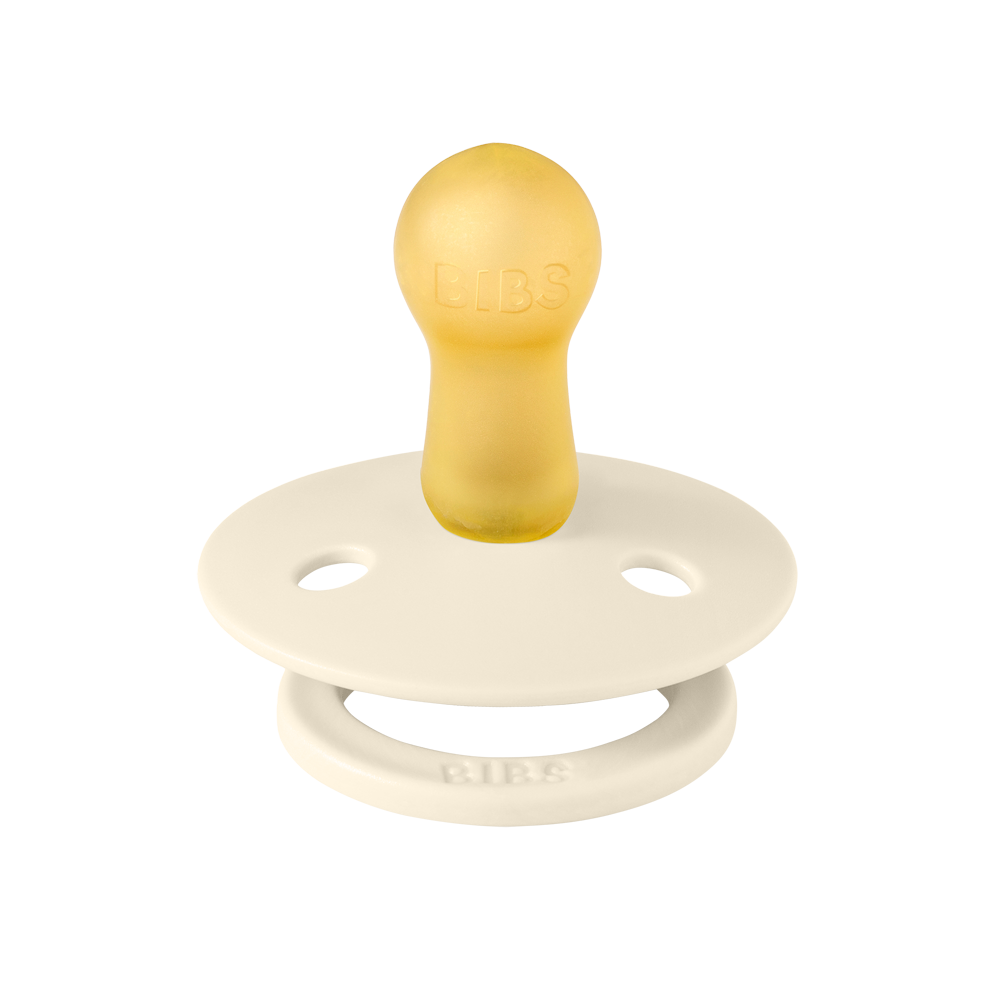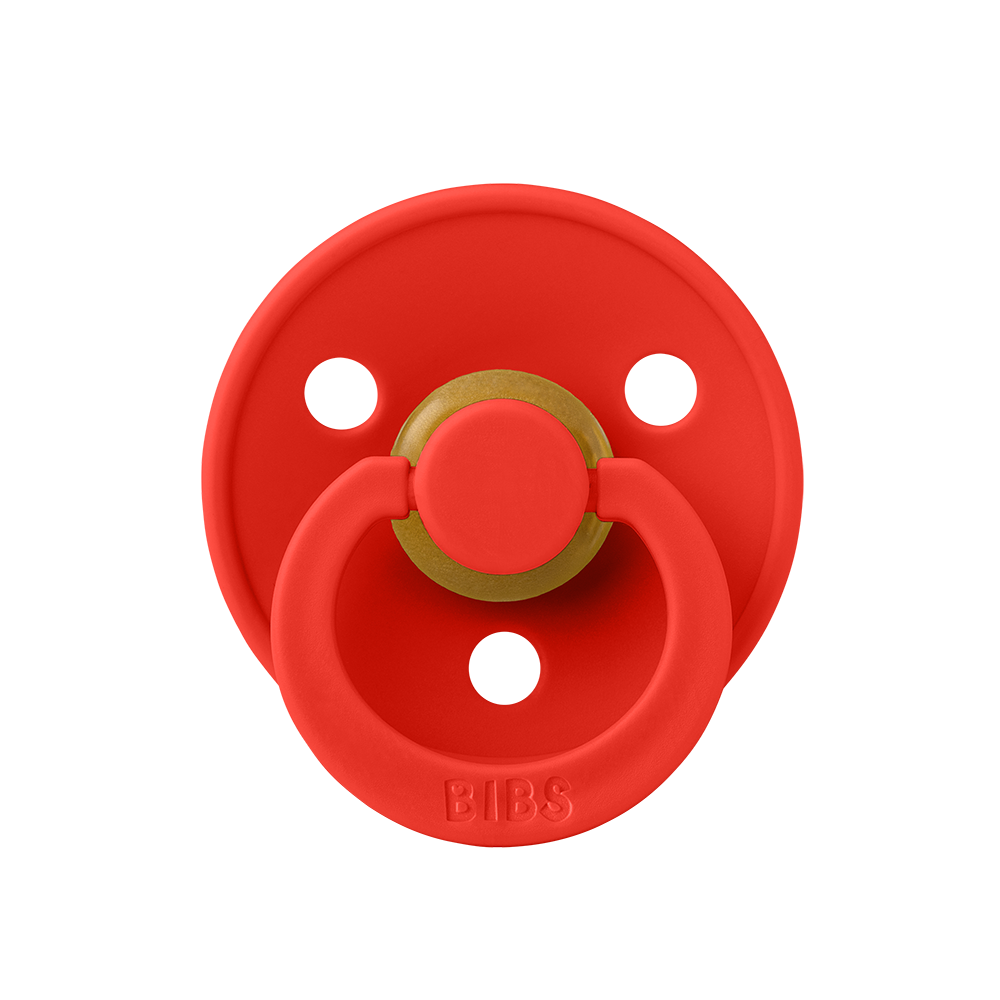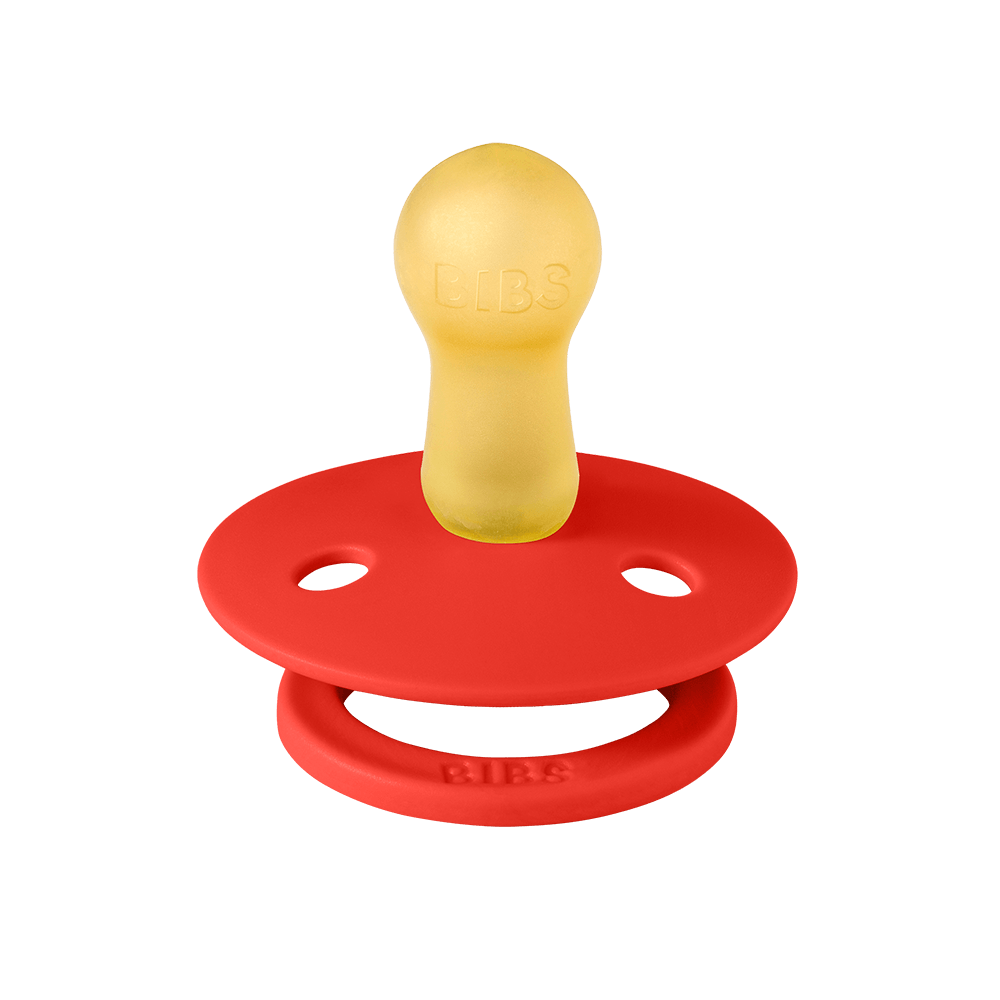
When to start solids?
WHO recommends that children are exclusively breastfed for the first 6 months of life. Every child is different, and some children are ready to start on solids between 4 and 6 months. However, it is important not to start on solids before 4 months because the baby's gastrointestinal system must be ready.
Signs that it is time to start on solids
Typically, a child will show that they are ready for solids. They will start to show interest in your food by looking at your food, following your fork, and reaching out for the food. If your child shows these signs and you want to make sure that he or she is developmentally ready, you can look for these signs:
- The child can sit up alone or with support
- The child can control head and neck
- The child opens the mouth when food is offered
- The child swallows food rather than pushes it out of the mouth
- The child transfers food from the front to the back of the tongue to swallow
Remember that each child's readiness depends on her or his rate of development.
If the child does not do anything when you start offering food, and the food simply runs out of their mouth, it means that you have started too early. Wait and try again a week or two later.
The first food
It is a “sensory explosion” for the baby to try something with taste and texture for the very first time. Therefore, it is important to be patient and to give the child plenty of time to sit and get used to the new taste and texture.
Here is some advice on the very first food:
- Food should be soft, mashed, or pureed
- Try one new food at a time
- Let your baby decided when they are hungry or full
- Be patient and keep offering a variety of foods
- Allow them to feed themselves, using their fingers, as soon as they show an interest
- Show them how you eat. Babies copy their parents and other children
Remember that every child is different. Some children are very interested in new food and want to taste new things right away. Other children are more reluctant, and it takes a little longer before they accept different foods. Keep trying and give your baby lots of encouragement and praise.
When can the child eat the same as the family?
The transition period lasts until the baby is approx. 9 months. From about 9 months, the baby's diet will resemble the family’s food. This means that the baby will be offered the same food as the rest of the family, but still mashed and cut into small pieces. Even after your baby starts solids, breastfeeding or formula feeding should continue until your baby is 12 months old. Breastfeeding can continue for as long as you and your baby enjoy it, but infant formula is not needed after 12 months. You may notice that as your baby starts to eat more solid foods (around 9 months old), they will gradually decrease their intake of formula or breast milk. This is totally normal.
How much should the child eat?
Many parents worry about whether their child eats enough and how much they should eat. However, all children are different so there is no correct answer to that. The most important thing is to listen to your baby and follow their signs, just as you did while breastfeeding or bottle-feeding. Your child will show when it is full, by turning its head away, and not wanting more.
For the child to get a well-adjusted appetite regulation, the child must be allowed to decide how much it wants to eat.
Recommendation for feeding tools
Transitioning to solid foods is one of the most exciting milestones during a baby’s first year and learning to use utensils is a part of the baby’s hand, wrist, and eye development, enhancing their motor skills and cognitive skills.
When your baby is about 6 months old, try offering a small amount of breastmilk, formula, or water in a cup. Using an open cup helps with the development of your baby’s teeth, mouth, and speech. Sippy cups are not recommended. Read more about the benefits of open cups here >
Use a soft spoon suitable for a small child. It must not be too hard but should be soft enough for the child to chew on without hurting their gums. It can also be a good idea for the child to have their own spoon, which the child can sit and practice with. You can help the child with an additional spoon to ensure some of the food goes into the mouth. Letting your child practice with their own spoon strengthens their hand coordination.
Socializing over food
The meal is an opportunity for you as a family to be together. It is very important that you eat with your child right from the start so that the child senses how it is part of your home community. There must be a pleasant and relaxed atmosphere during mealtime, where there is not too much focus on how much the child eats, but more on the excitement of trying new things together.
Your baby needs to get used to the process of eating and early experiences with healthy family life and good eating habits will follow the child throughout life.

About Kirsten
Kirsten Lise Andersen is a registered nurse and health visitor with her private nursing practice, ‘Working With Baby’. She has 15 years of experience working with children as a registered professional nurse, and she is the mother of four. Kirsten is our go-to advisor in everything health-related, as she has years of experience and the needed expertise to answer all our and your questions regarding babies
